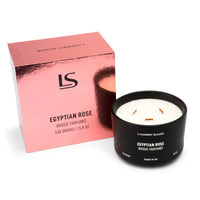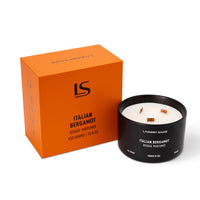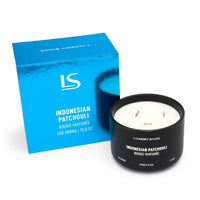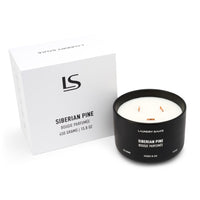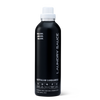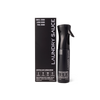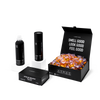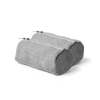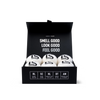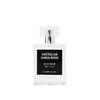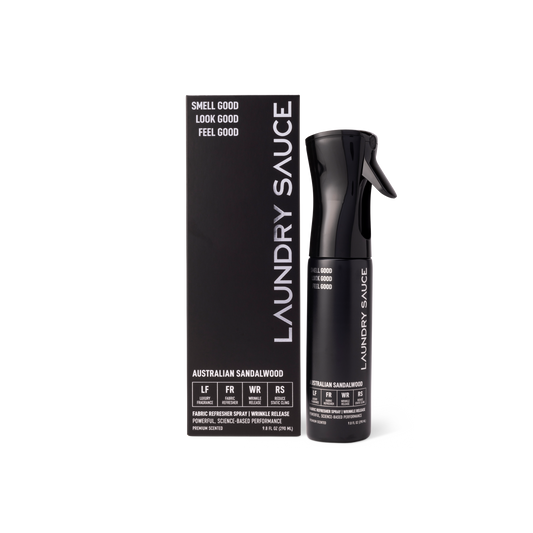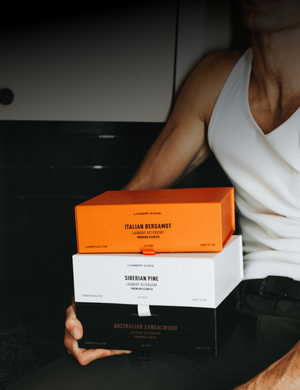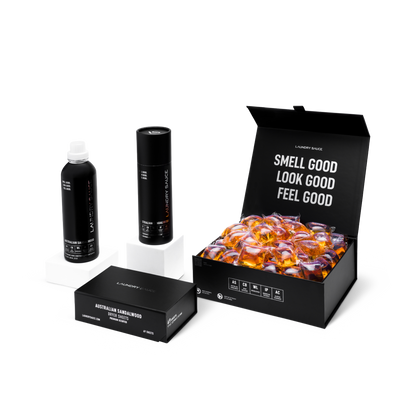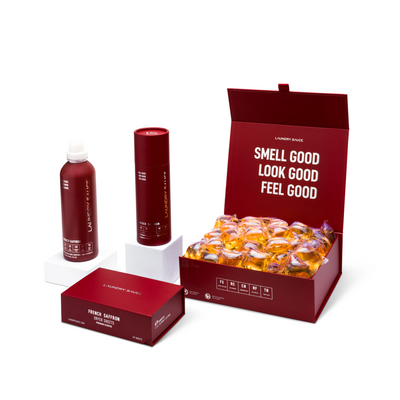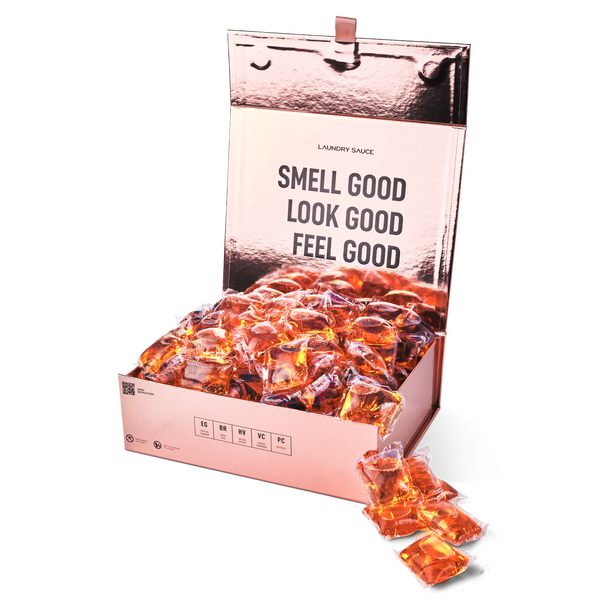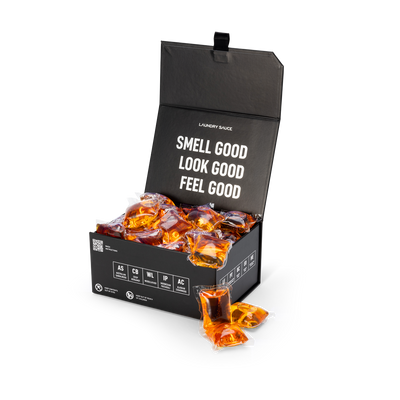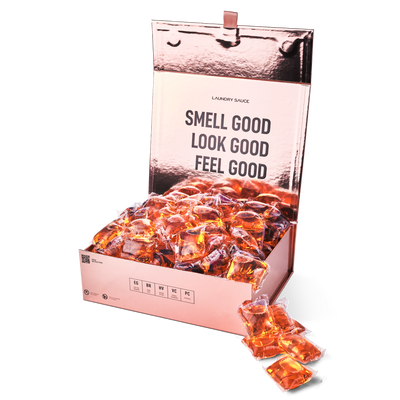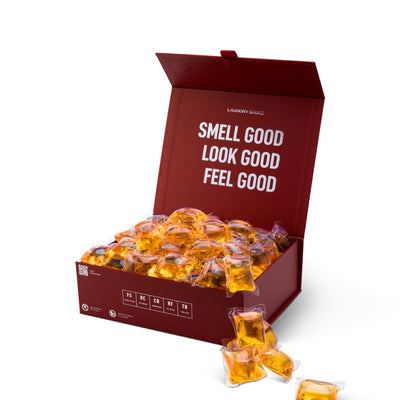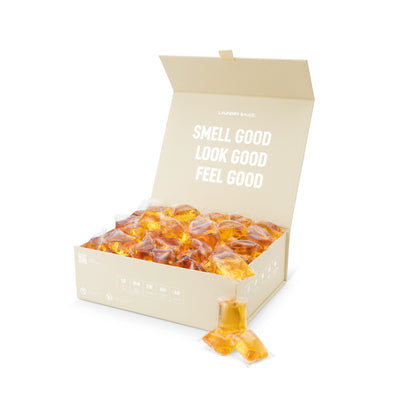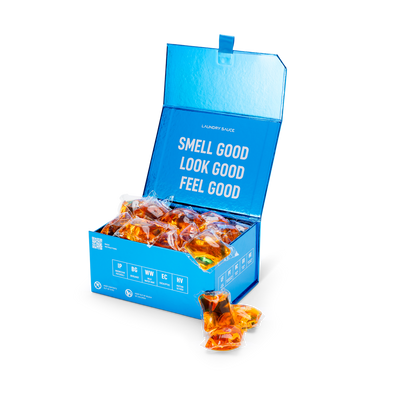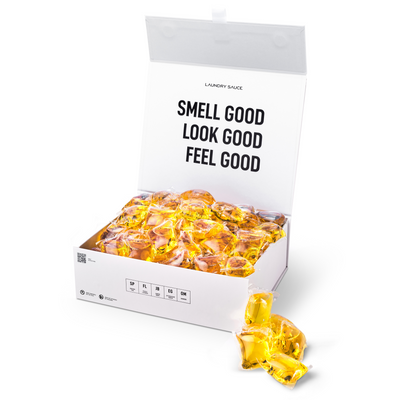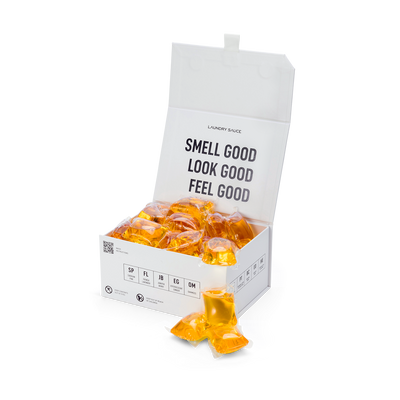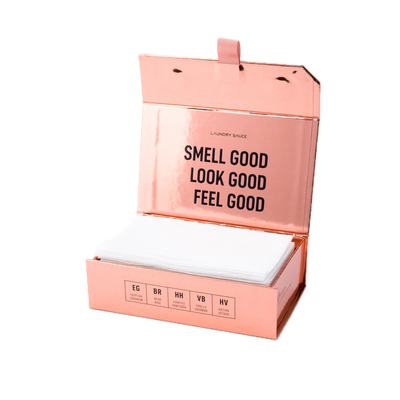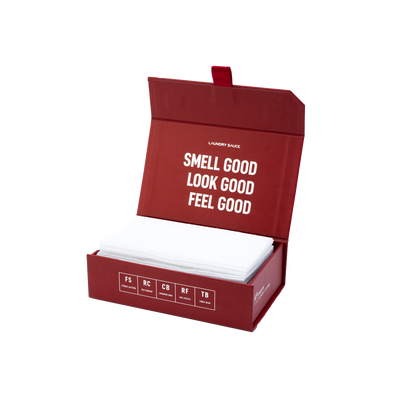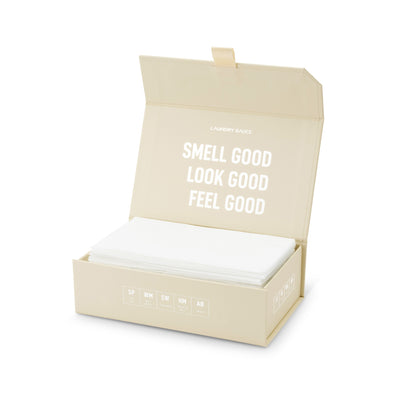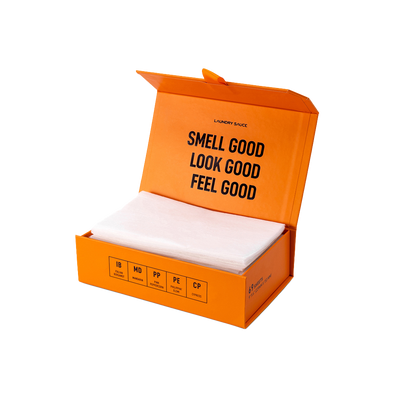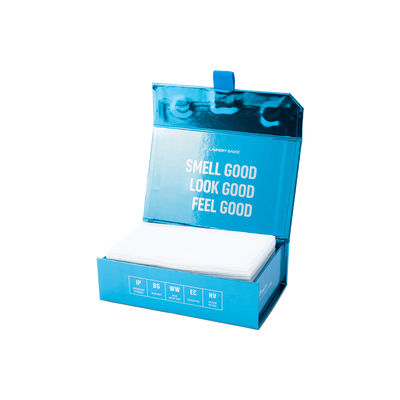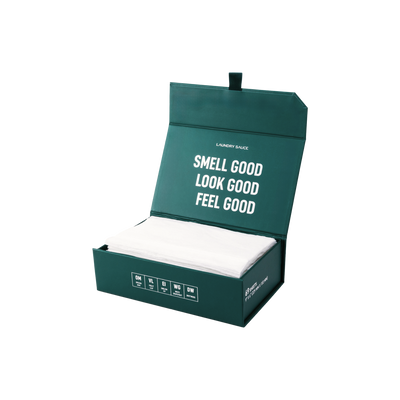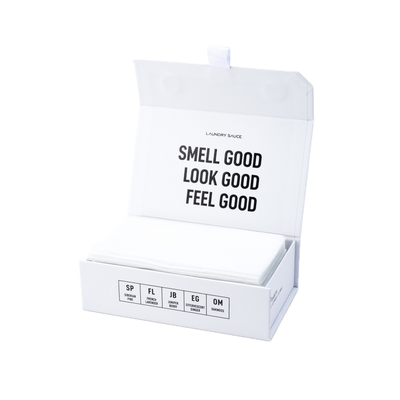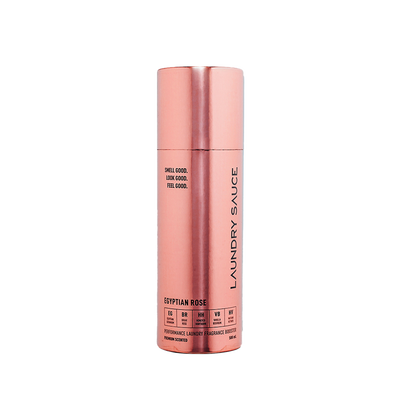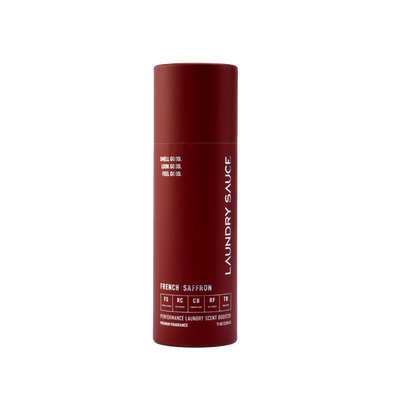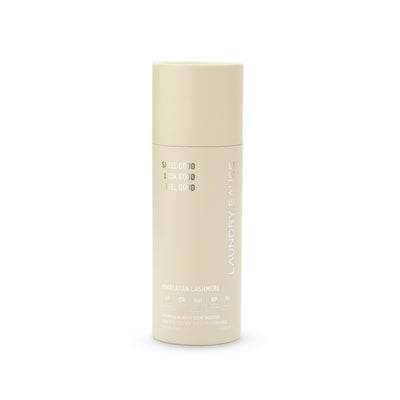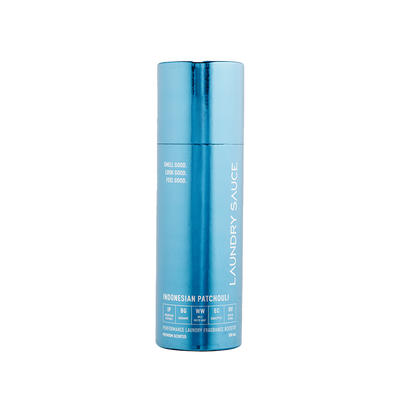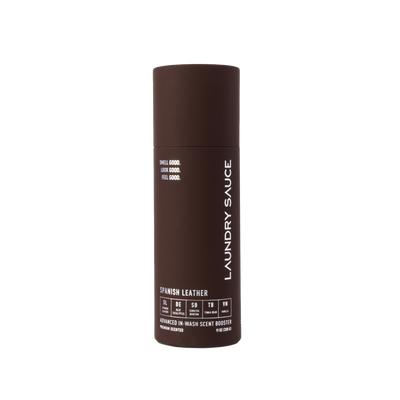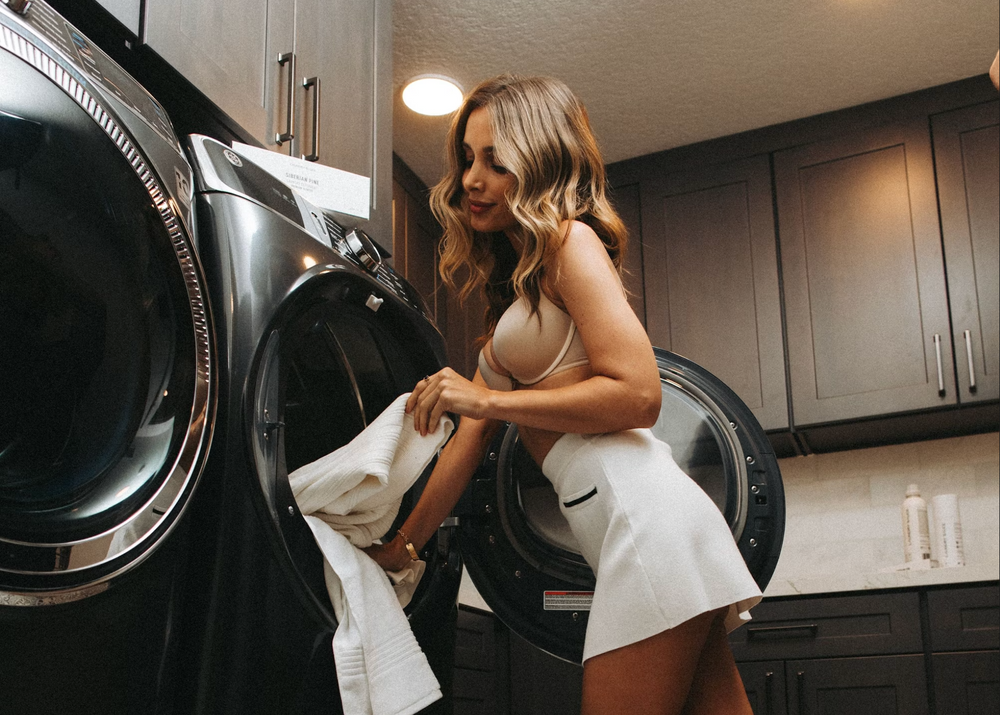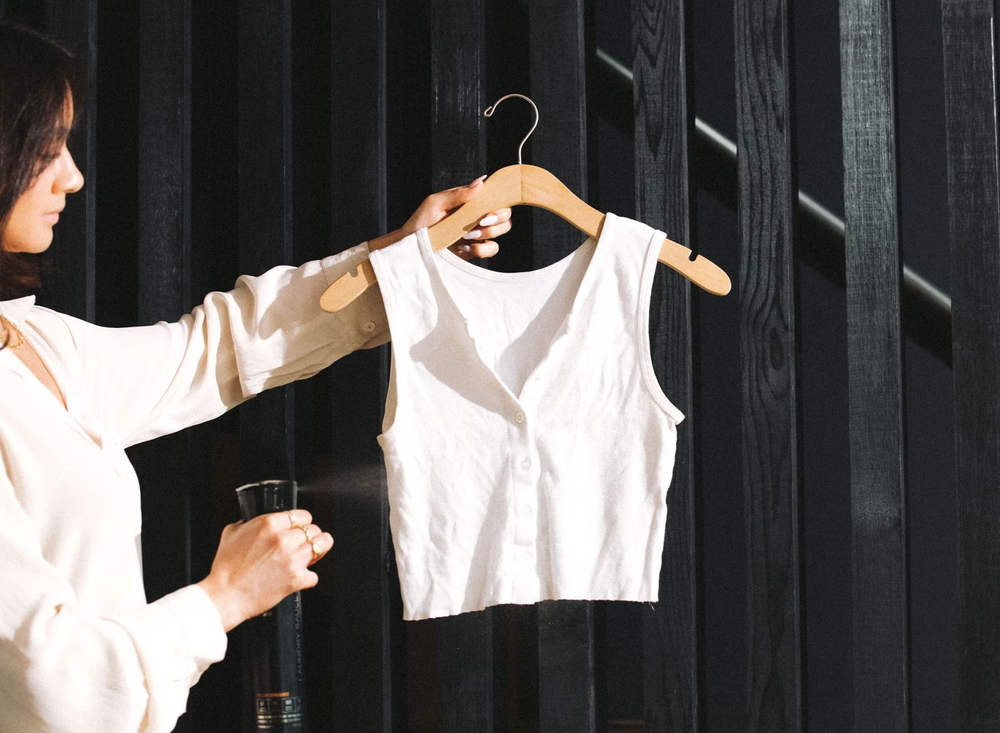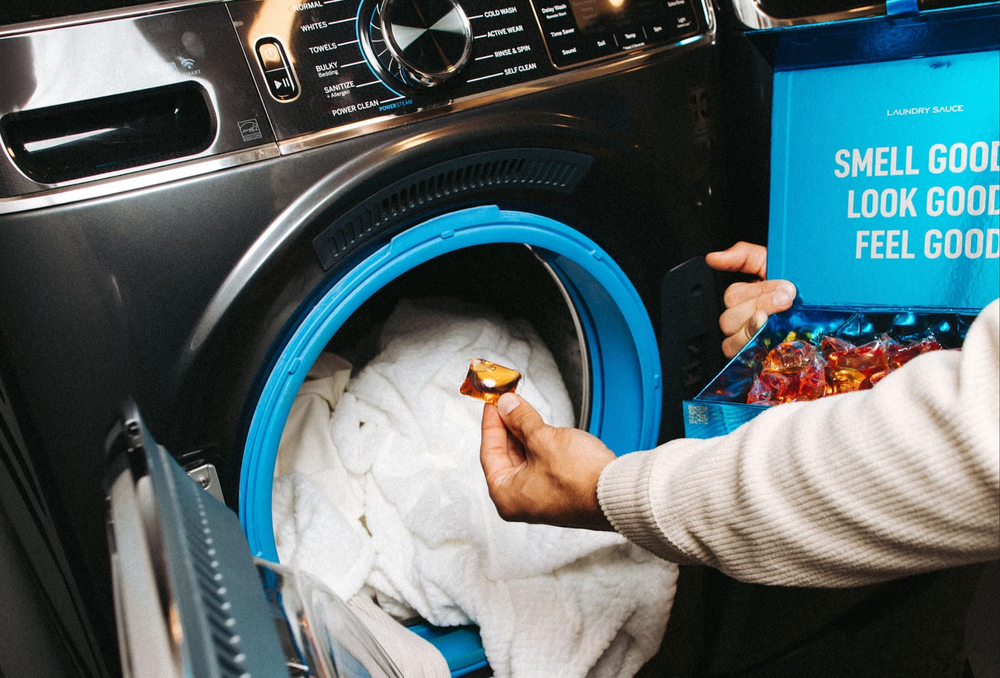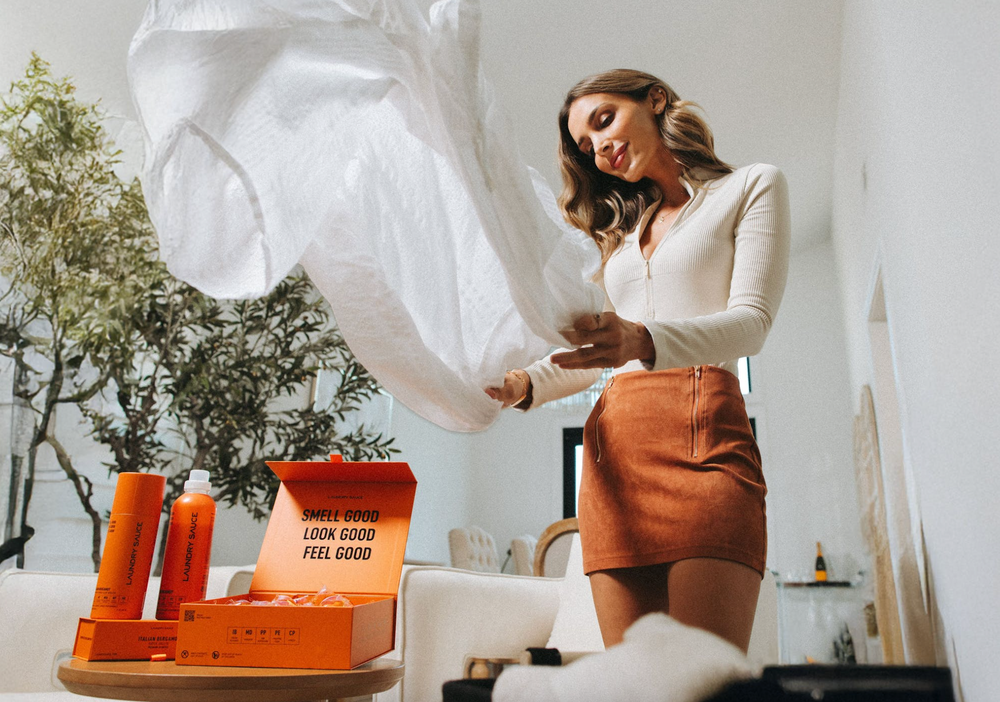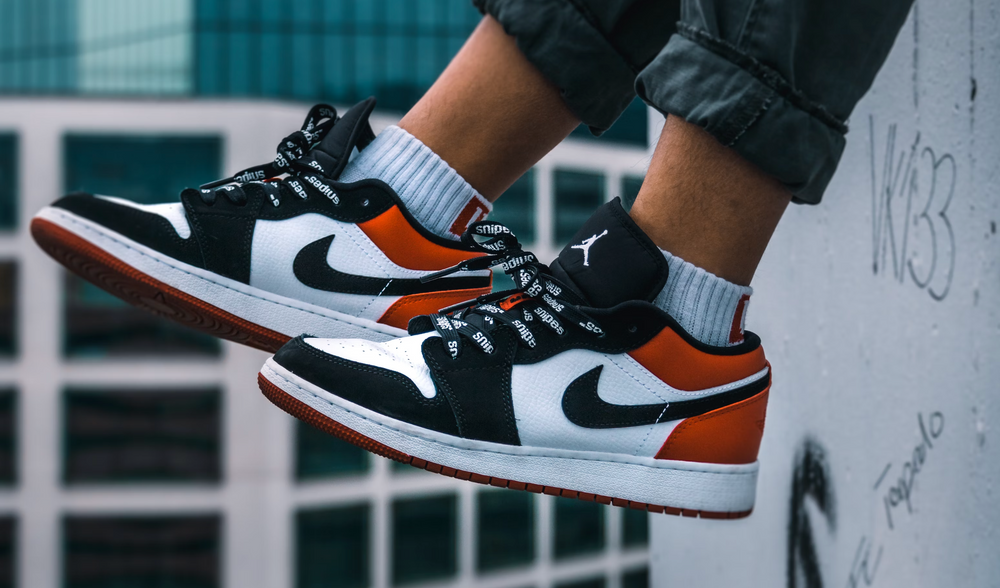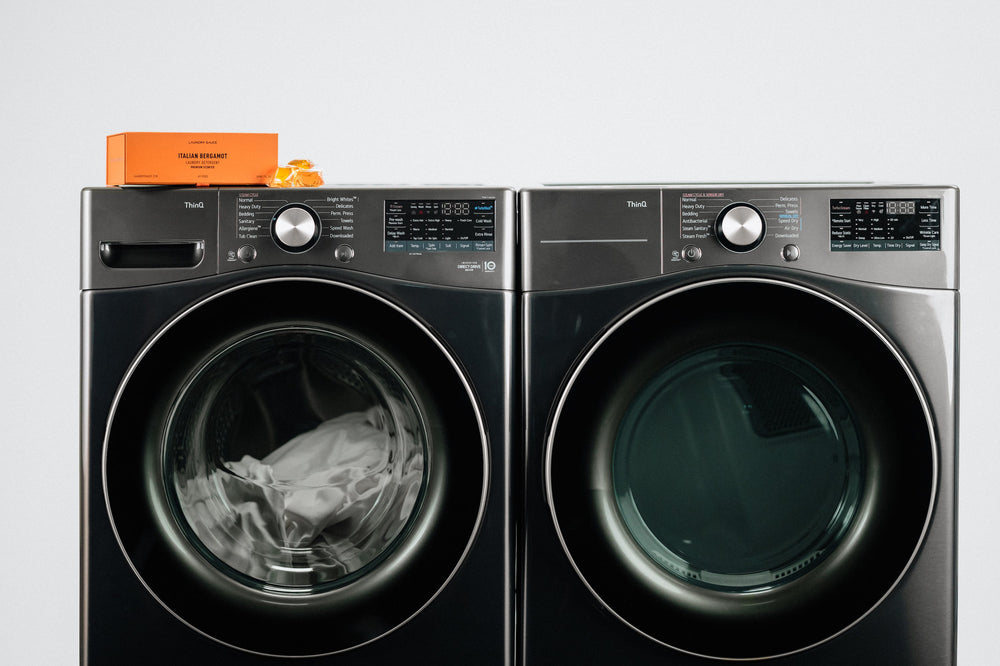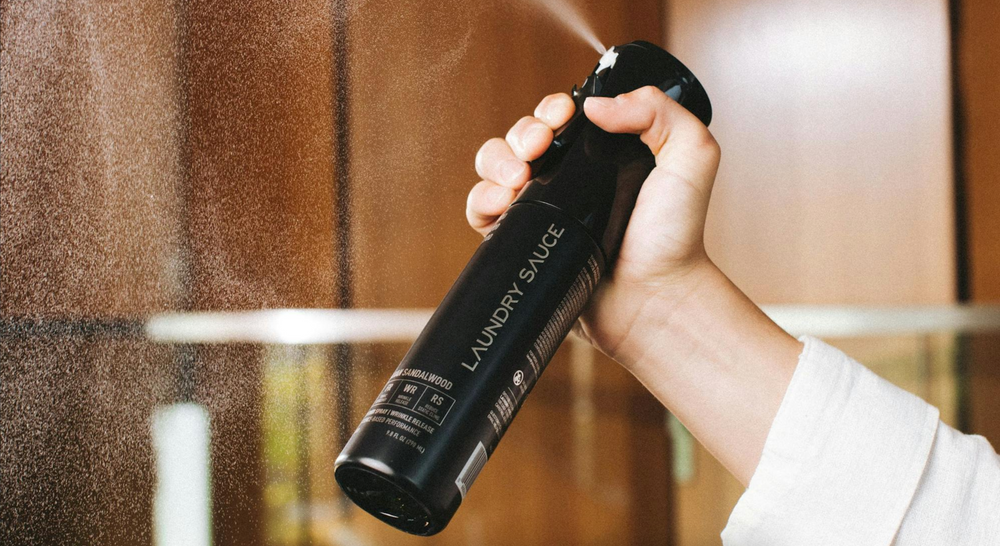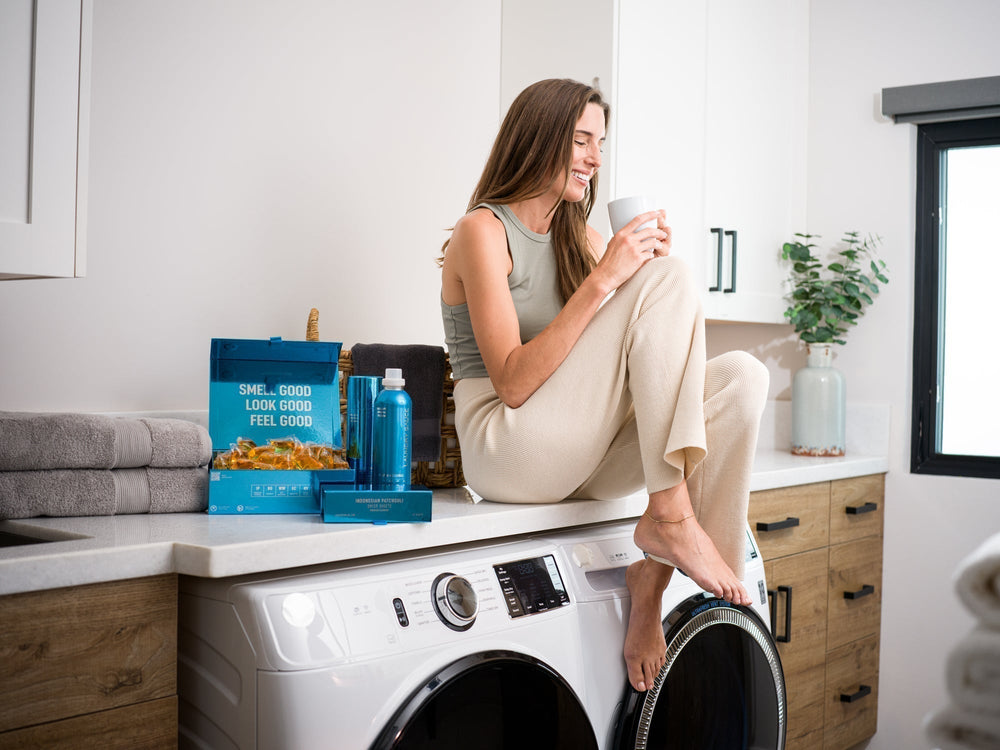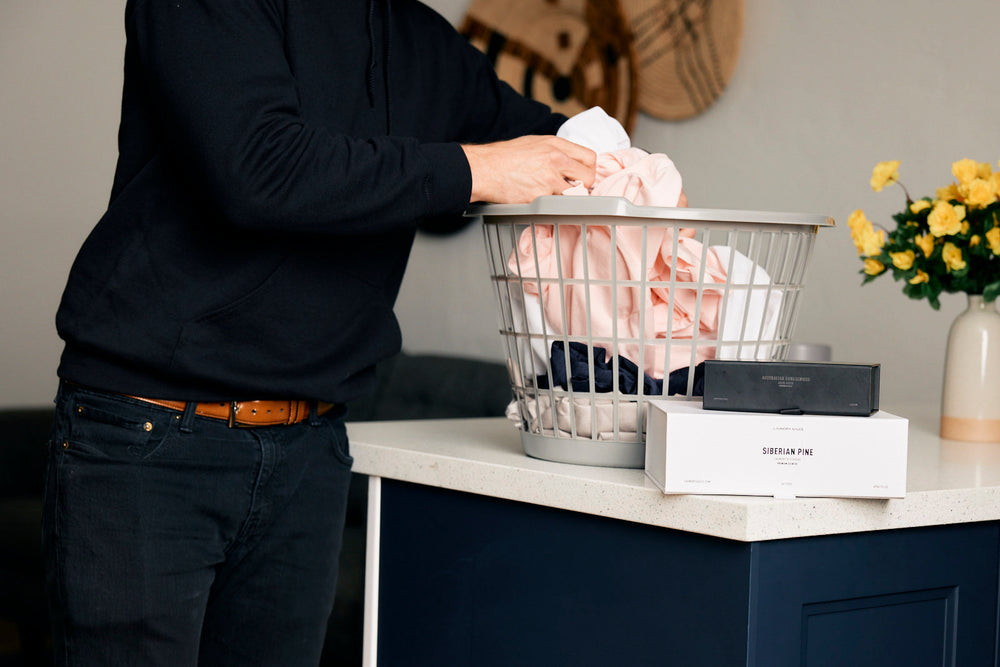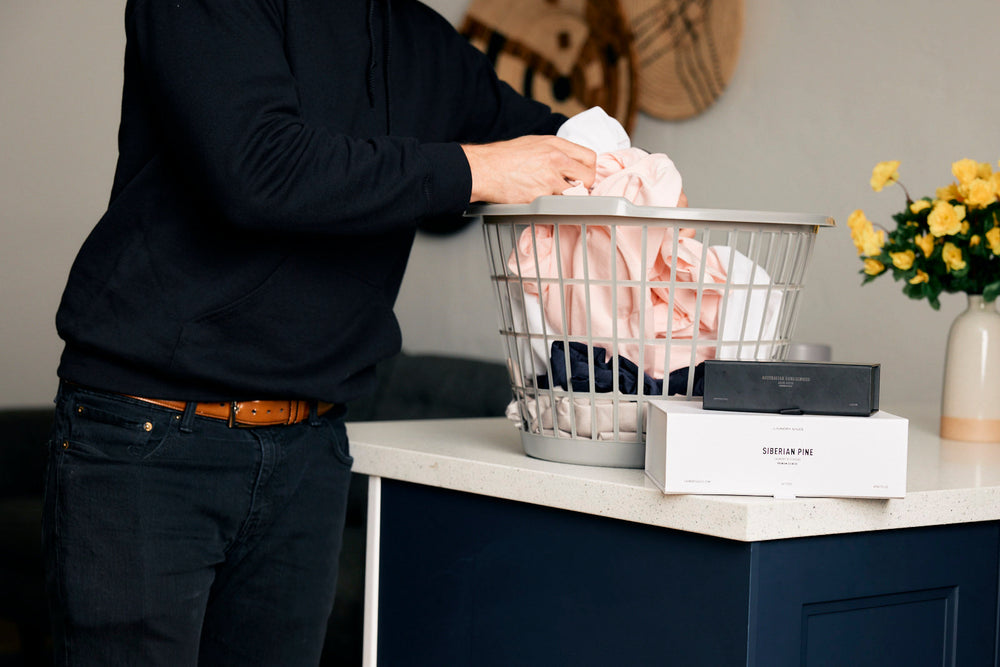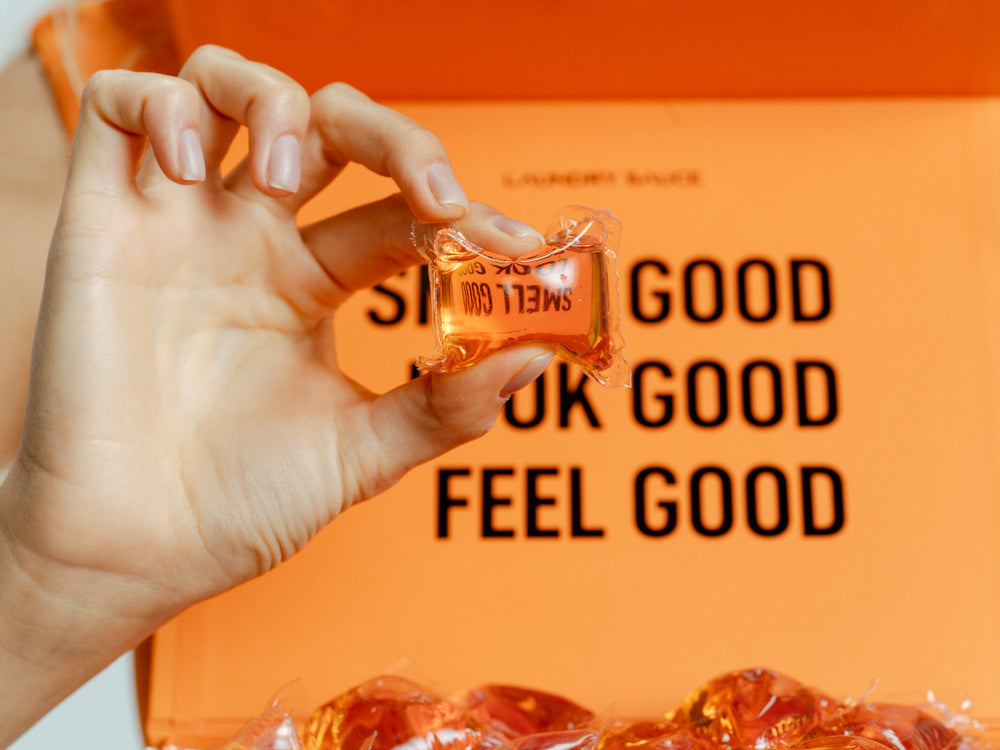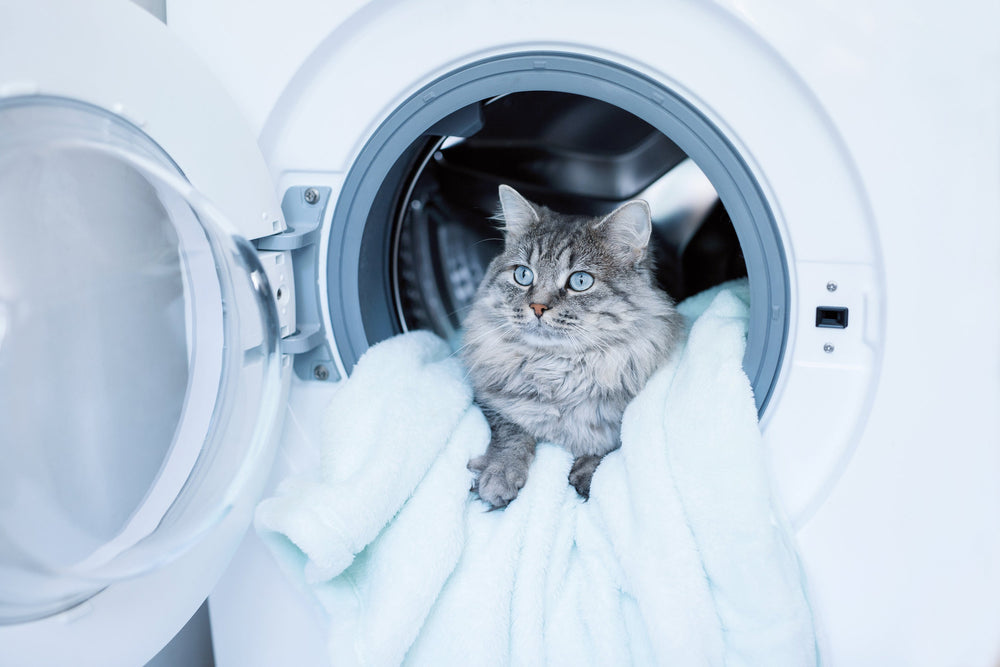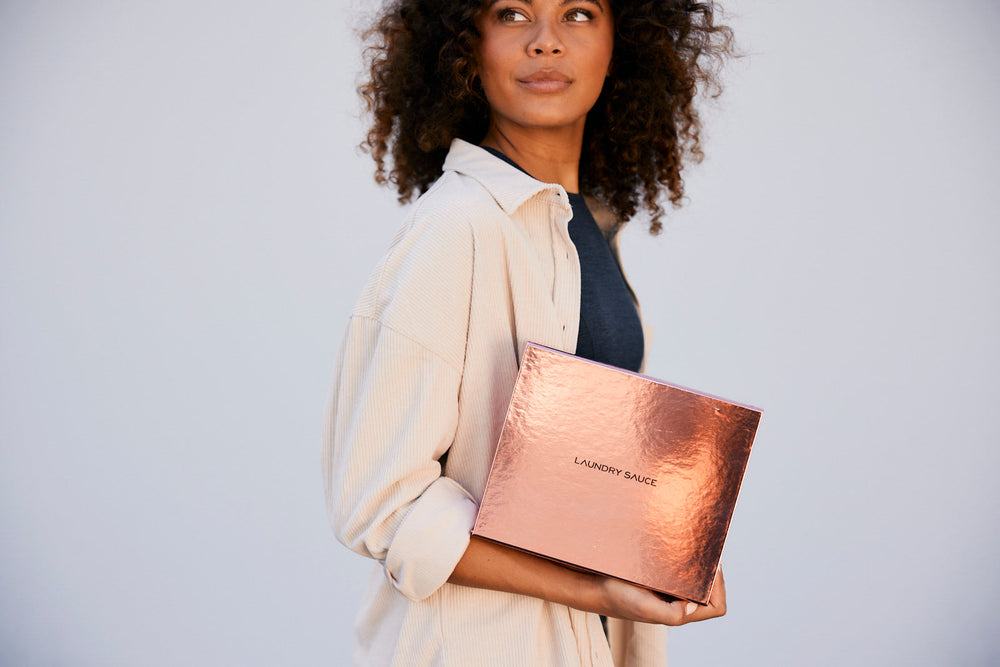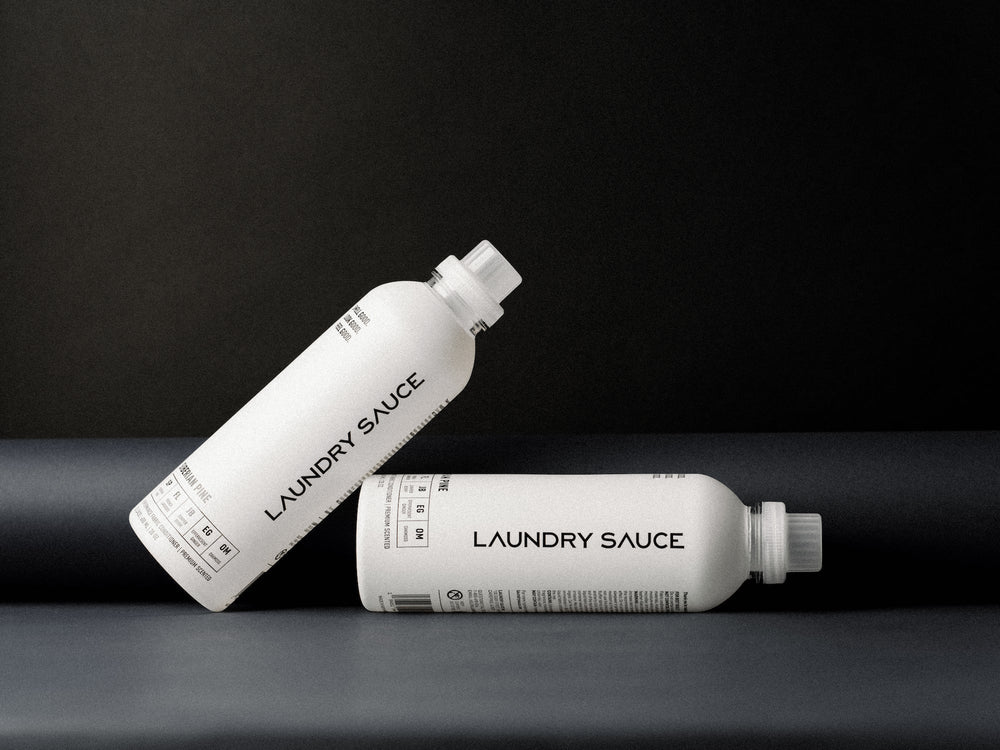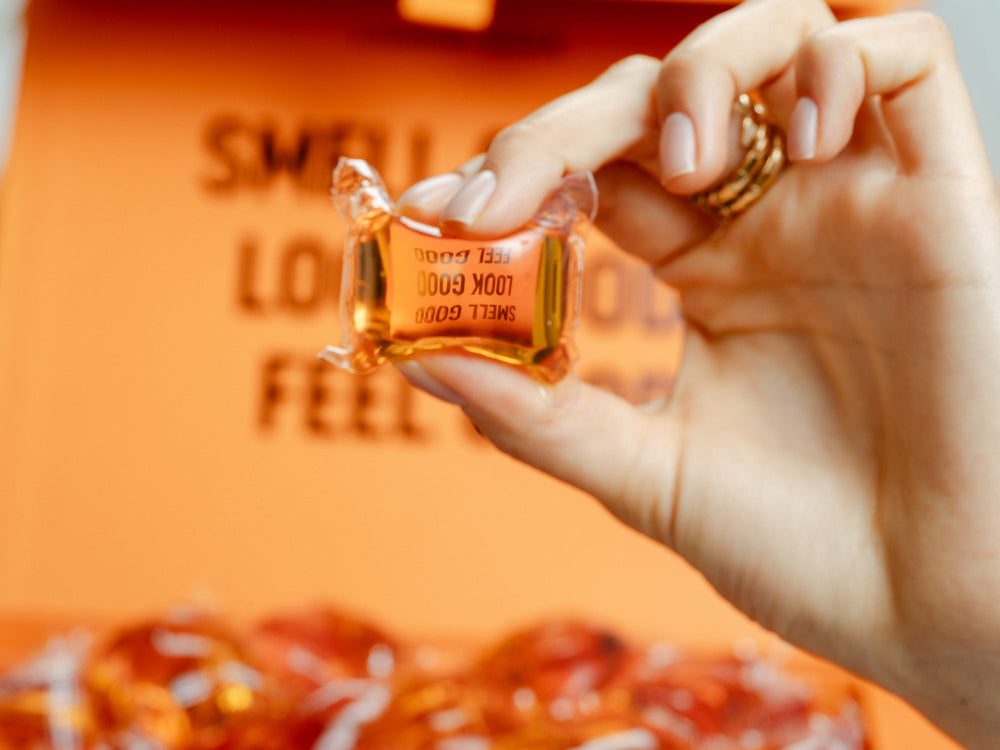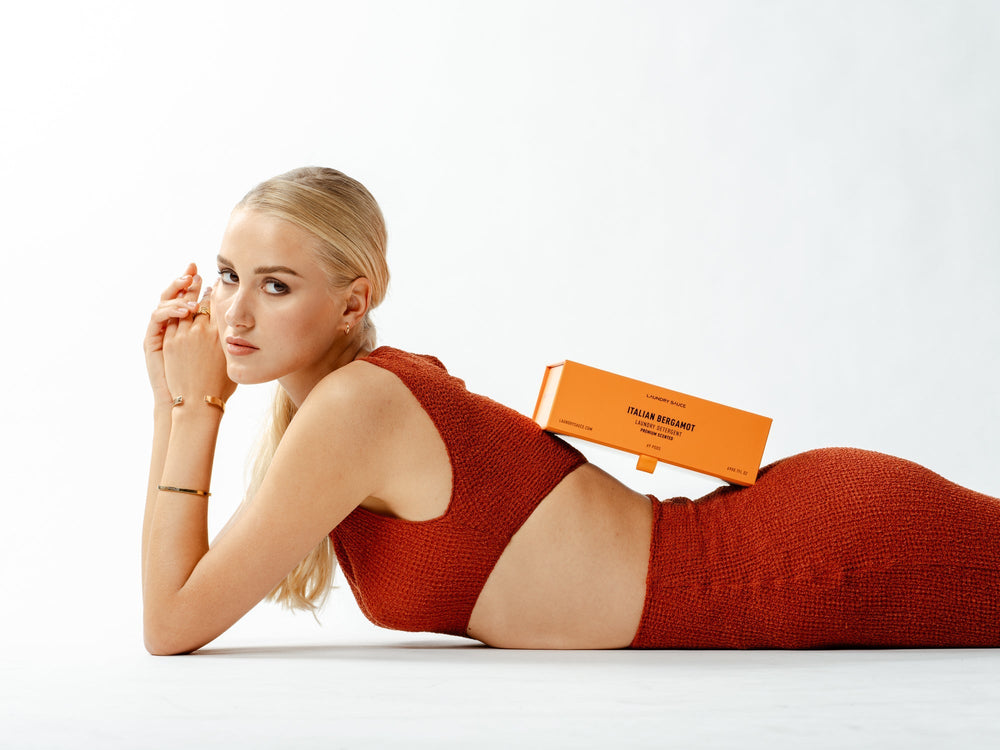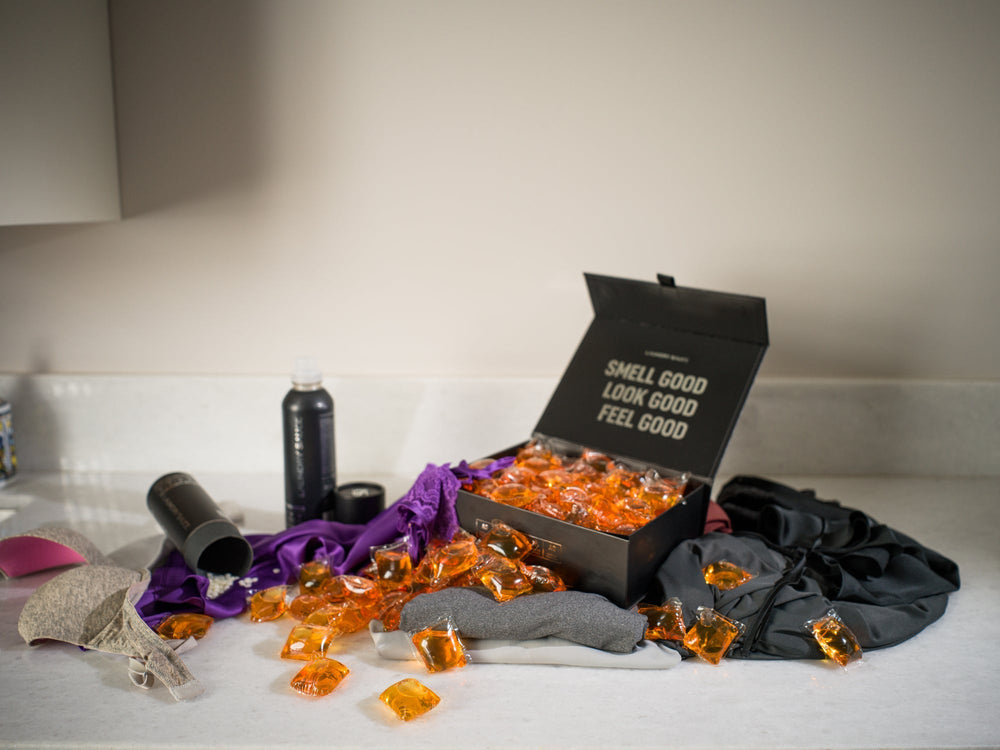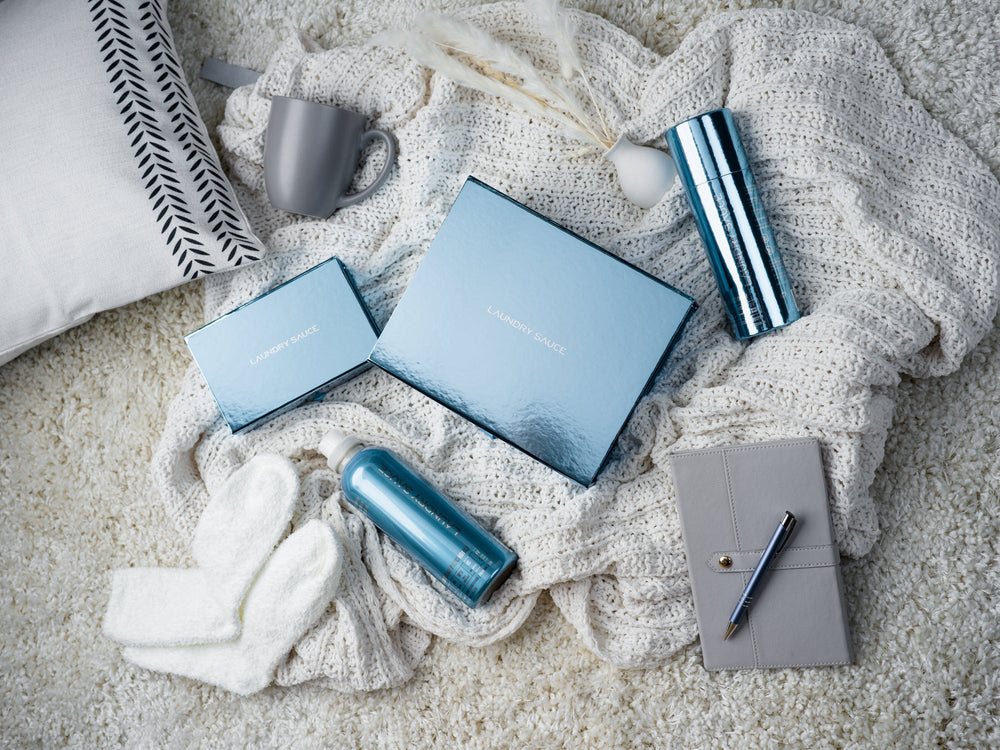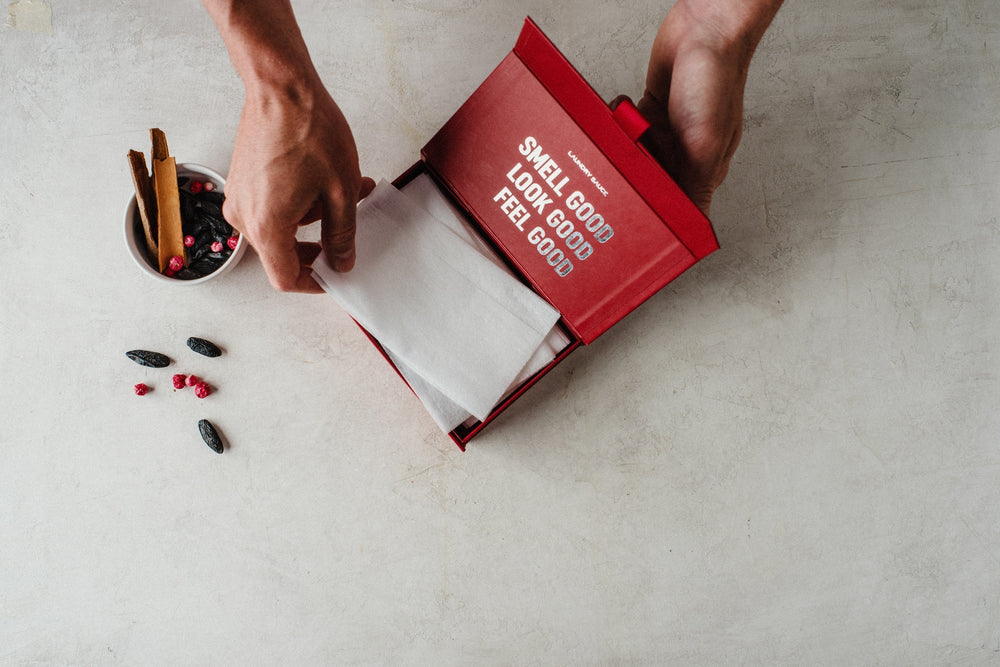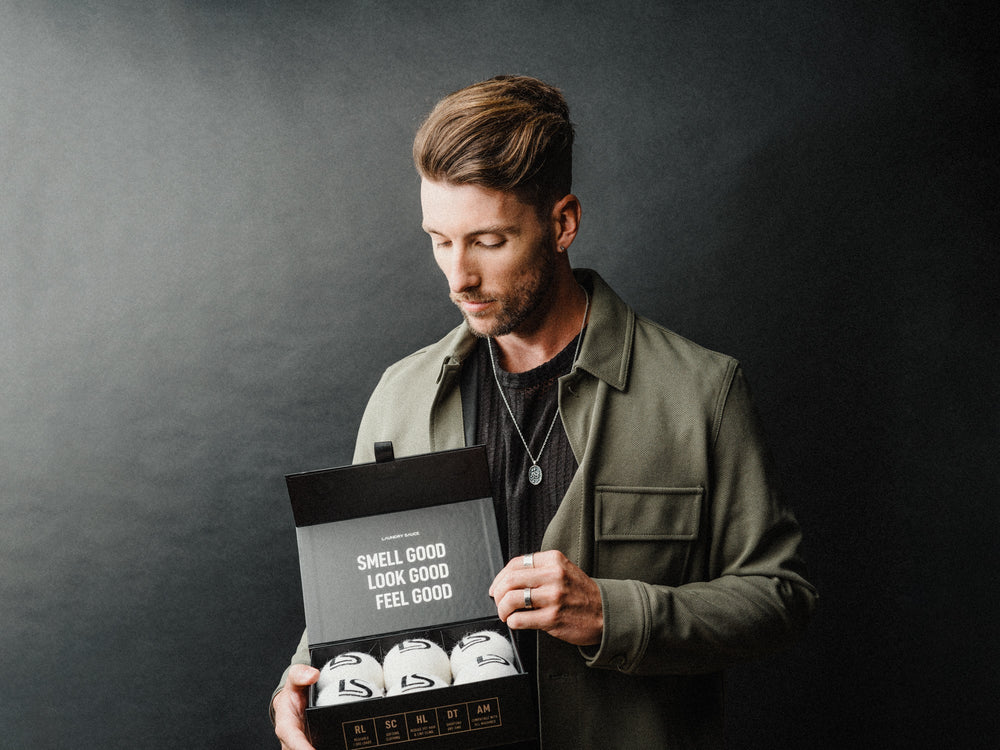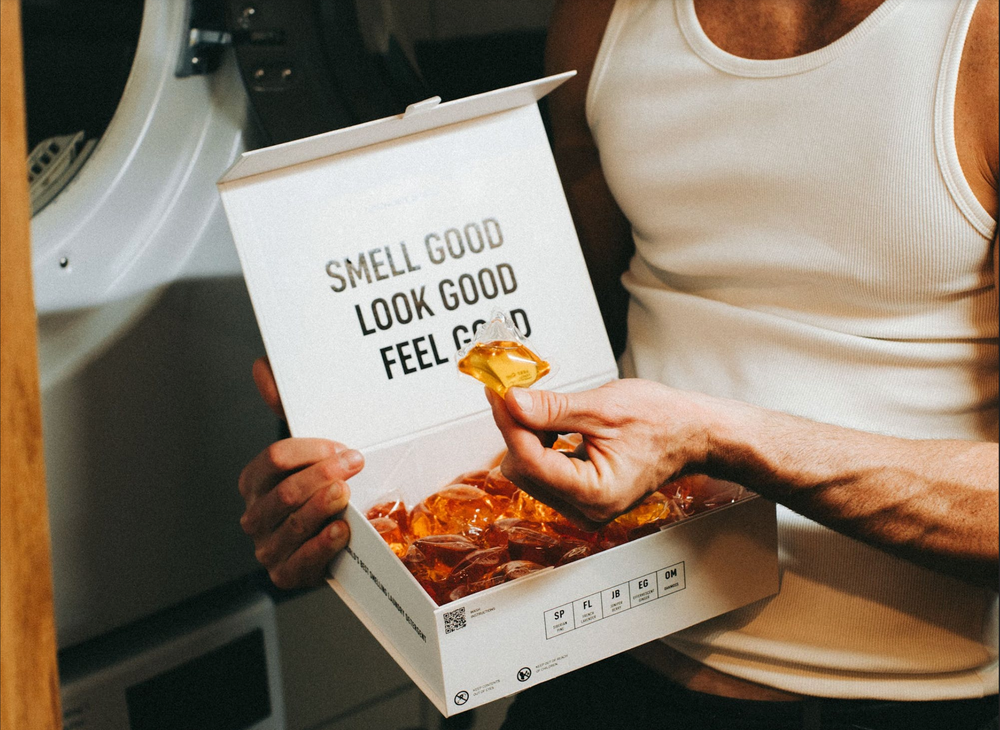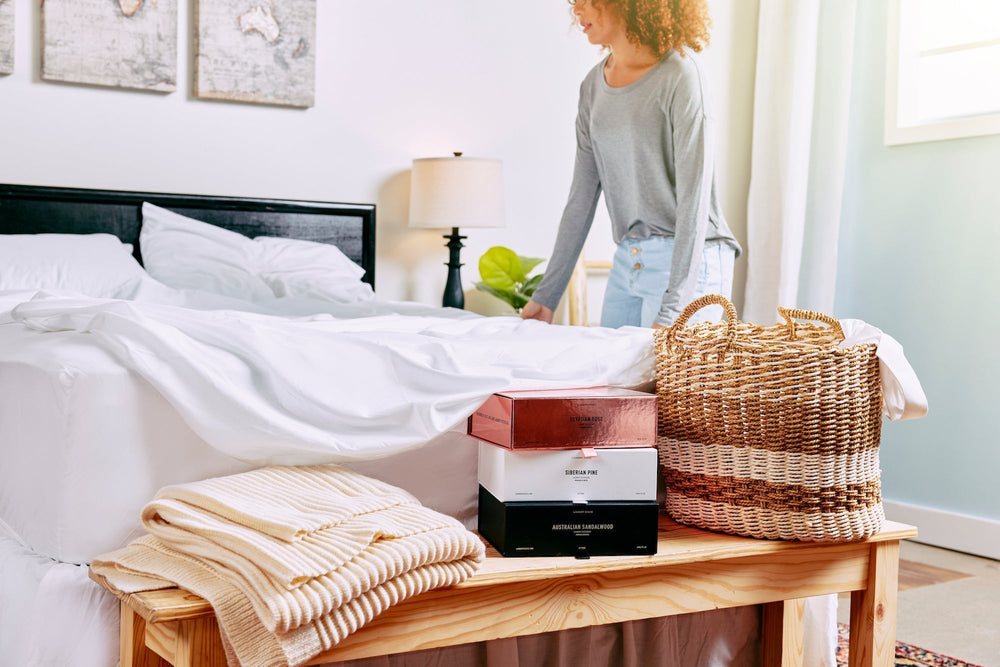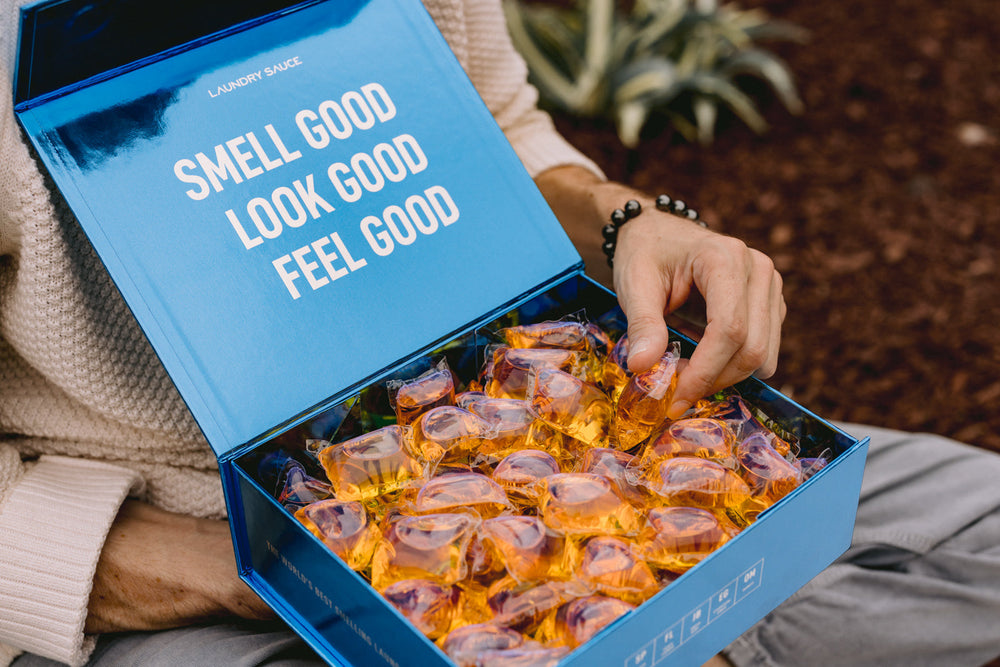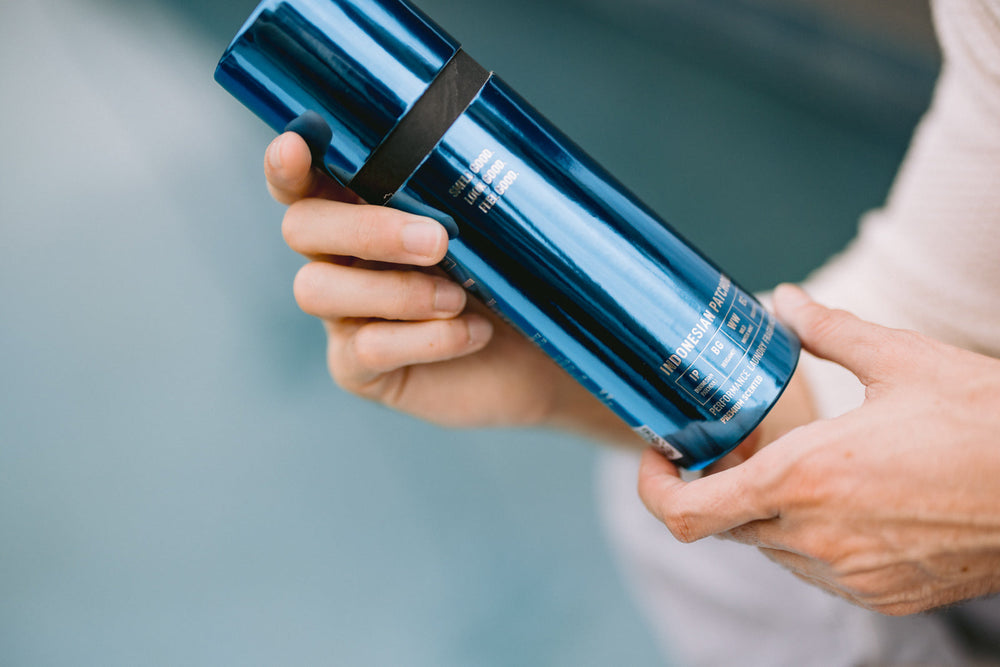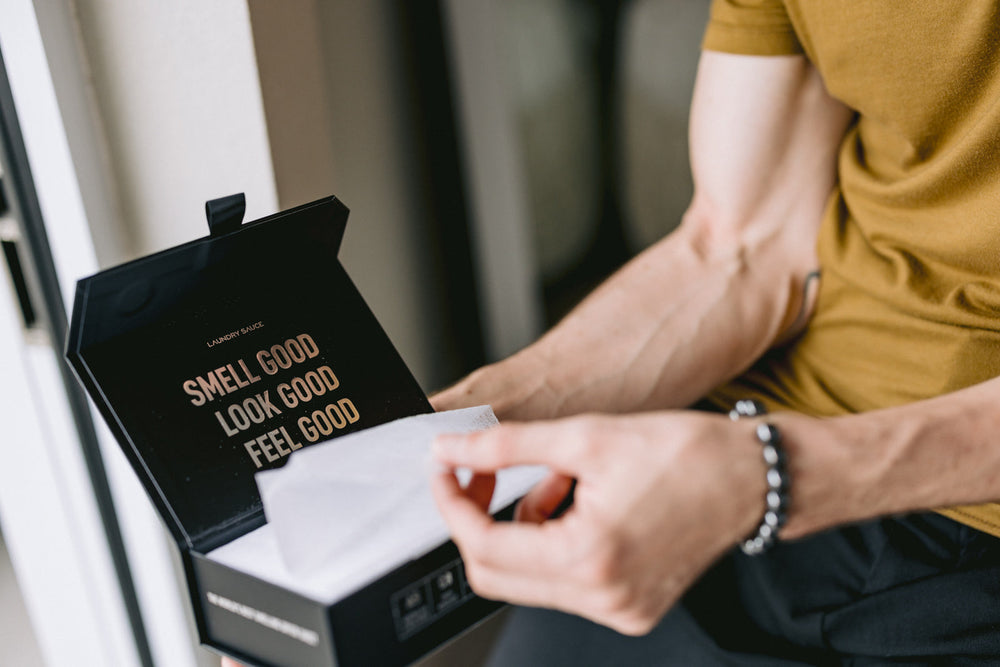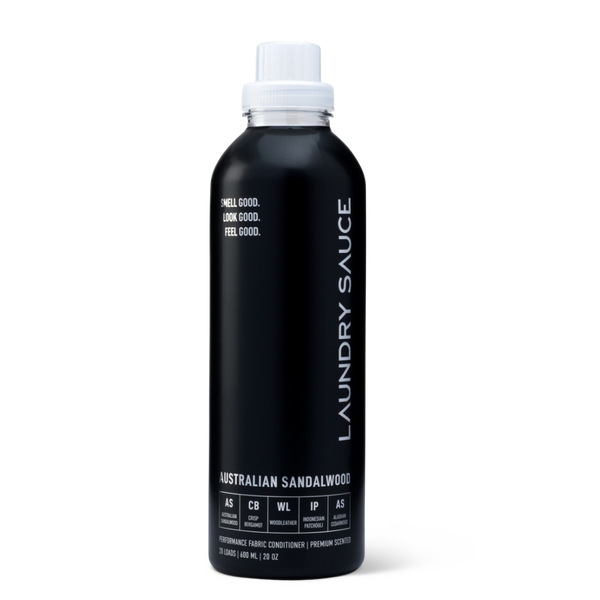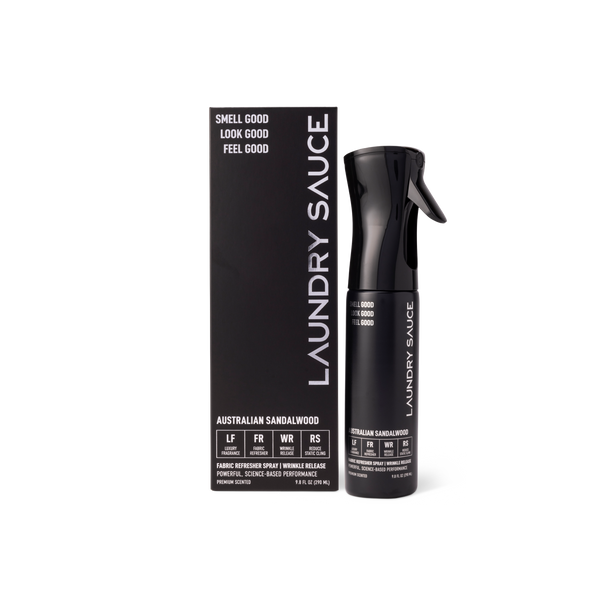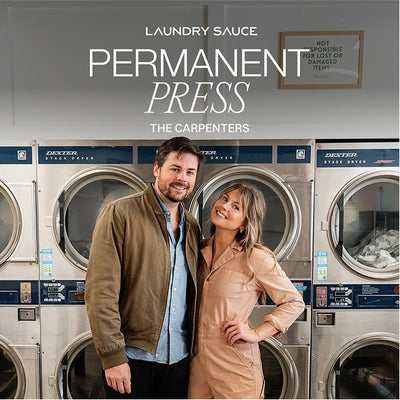Tumble dry refers to machine-drying, rather than letting your clothes air-dry. You can tumble dry laundry with low, medium, high, or no heat depending on the type of fabric.
Washing and drying your clothes according to their care instructions is essential to avoid shrinkage, damage, and color bleeding. But figuring out those laundry symbols and care labels can feel like deciphering a foreign language.
One of the most common phrases you’ll come across is “tumble dry.” However, when you look at your dryer settings, you might not find those exact words anywhere. Now what?
We don’t want your favorite shirt coming out of the dryer two sizes too small. That’s why we made this guide to teach you what “tumble dry” means, how to use the setting properly, and how to know whether your clothes can be tumble dried.
What Does Tumble Dry Mean?
Tumble dry simply means machine-drying your laundry in a dryer, rather than hanging it up to air-dry. It’s called “tumble dry” because the items tumble inside the dryer drum, where heat and airflow zap the moisture out of your wet garments.
In other words, tumble dry is just the official phrase for putting your clothes in the dryer.
Tumble drying is faster and more convenient than hanging your wet laundry on a drying rack. (Although hang-drying is a great way to maximize the fragrance from your laundry detergent and can help preserve the integrity of your fabric).
Regardless, it’s important to know whether your clothes can be tumble dried in the first place—and which heat settings to use.
Tumble Dry Settings Explained: High, Low, and No-Heat
Within the tumble dry method, there are four main settings to choose from on your dryer:
1. No Heat (Air Only)
This setting will tumble and rotate your items without applying any heat. Instead, the dryer blows room-temperature air through the clothes. This method is gentler on delicate fabrics or garments that are sensitive to high heat. It helps prevent shrinkage, damage, or wrinkles that can occur with high-temperature drying.
Use a no-heat setting for:
- Delicate fabrics such as silk or wool
- Fluffling blankets, pillows, and winter coats
- Refreshing items that have pet hair, dust, or debris stuck to them
2. Tumble Dry Low (Delicates)
Tumble dry low uses minimal heat during the dry cycle—usually around 125 degrees Fahrenheit. This setting is ideal for delicate items or workout clothes made from sweat-wicking fabrics such as spandex or lycra.
Use a low-heat setting for:
- Synthetic fabrics like polyester, nylon, spandex, and acrylic
- Delicate fabrics such as silk, satin, lace, chiffon, and velvet
- Down coats
- Lingerie
- Knit sweaters
3. Tumble Dry Medium
The tumble dry medium setting, AKA “normal,” heats the air inside the dryer to around 135 degrees Fahrenheit. This is ideal for wrinkle-prone fabrics, such as polyester and nylon. Cotton items can also benefit from medium heat—just beware that they can shrink.
Use a medium-heat setting for:
- Trousers and slacks
- Button-up work shirts
- Thin cotton items, such as t-shirts
4. Tumble Dry High Heat
This is the hottest your dryer can get, with temperatures up to 150 degrees Fahrenheit. This setting should be exclusively for heavy-duty items that take longer to dry. Definitely don’t dry items that are delicate or prone to shrinkage on this setting, otherwise you can do some serious damage.
Use a high-heat setting for:
- Beach towels or bath towels
- Jeans
- Heavy work clothes
- Sweatshirts and hoodies
- Bedsheets
How to Know If a Garment Can Be Tumble Dried
If your garment can be tumble dried, the tag will have a square around a large circle. If the care labels has a dryer symbol with an “X” drawn through it, that means the item should not go in the dryer.
If you’re wondering how a garment needs to be dried, check the tag. This will tell you whether to tumble dry, what temperature to use, or whether you need to hang dry.
Here’s a cheat sheet for dryer symbols:
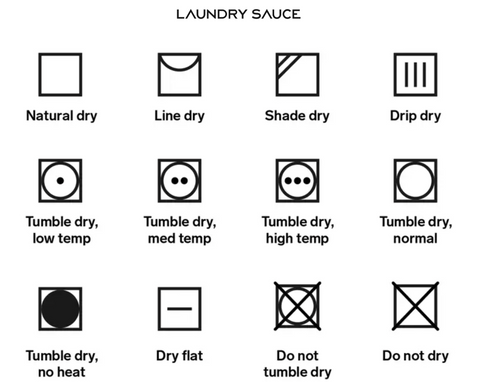
Does Tumble Dry Shrink Clothes?
No matter what your care tag says, these must-haves keep your clothes looking and smelling their best—minus the guesswork.
Tumble drying can definitely cause clothes to shrink, especially if they’re made of natural fibers like cotton, wool, or linen. The combination of heat and agitation in the dryer drum makes the fibers contract and tighten, leading to a reduction in size.
The severity of shrinkage depends on the type of fabric, the duration of the dry cycle, and the heat levels. Higher temperatures and longer drying times create the perfect storm for shrinkage.
To minimize the risk of shrinkage, follow the care label instructions, use a low-heat setting, and remove the clothes as soon as they’re dry.

What Does “Do Not Tumble Dry” Mean?
If a tag says “do not tumble dry,” that means you should not put the item in the dryer, regardless of the setting. Instead, follow the manufacturer’s instructions. If there aren’t any explicit instructions for how to dry it, play it safe and hang it up to air-dry. This will preserve the shape and integrity of the fabric.
If you tumble dry a garment that doesn’t belong in the dryer, you run the risk of shrinkage, fading, and pilling. Additionally, tumble drying clothes with elastic waistbands or cuffs can reduce their stretchiness. Bottom line: Ignore that care label at your own risk.
3 Tips for Tumble Drying
Now that you know all about tumble drying, let’s cover a few bonus tips to dry your clothes like a pro:
1. Sort Your Laundry Before Drying
You might be tempted to cram all of your wet laundry in the dryer and call it a day. But it’s important to sort it to protect your fabrics.
- Dry white clothes separately from dark-colored items to prevent color bleeding
- Dry towels and sheets separately to prevent lint transfer
- Separate items based on the heat they can tolerate
2. Use Wool Dry Balls to Speed Up Drying Time
Tumble drying is undeniably convenient, but sometimes it takes longer than you’d like and leaves your items tangled up. That’s where wool dryer balls come in. By tumbling between your garments, dryer balls boost airflow to prevent clumping and decrease drying time.
Laundry Sauce XL dryer balls are made from 100% New Zealand wool and last up to 1,000 loads.
3. Use Dryer Sheets to Stop Static Cling
Heat and agitation from the dryer create the perfect storm for static electricity. Luckily, you can prevent that pesky problem with a couple of dryer sheets, which deposit fabric conditioners during the dry cycle.
Laundry Sauce dryer sheets don’t just stop static—they infuse your laundry with luxurious fragrances like Australian Sandalwood and Egyptian Rose. No wonder people say they’re the best dryer sheets they’ve ever used.


